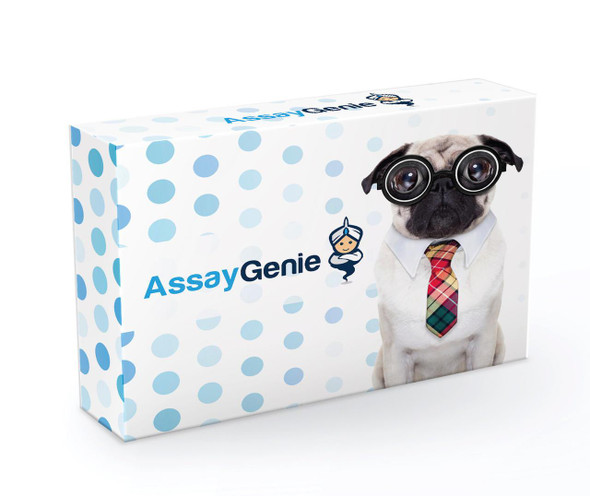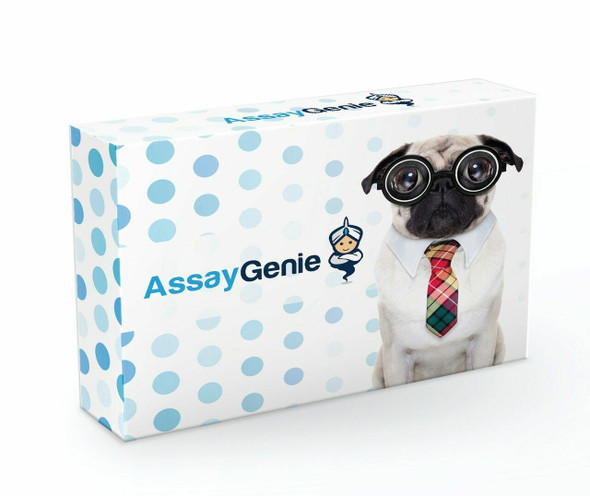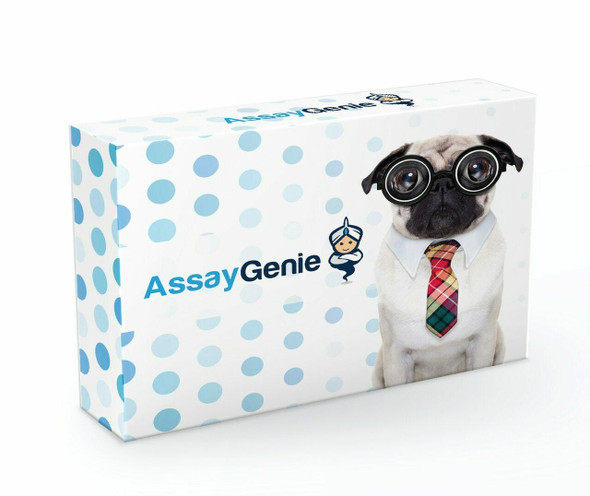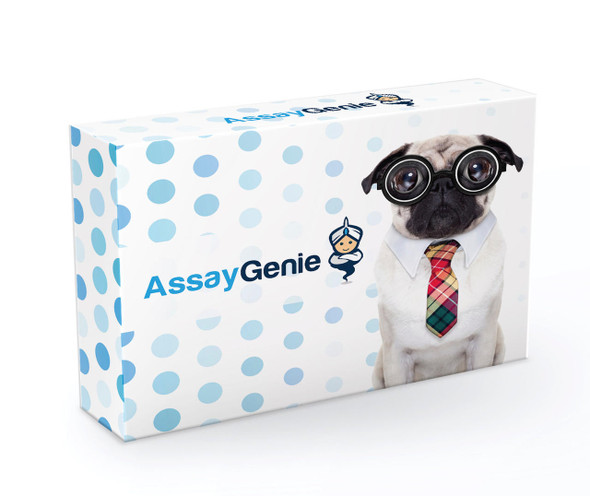Description
Rabies Virus Antibodies ELISA Kit
The Rabies Virus Antibodies ELISA Kit is a specialized assay tailored for the precise and quantitative detection of antibodies specific to the Rabies virus in various biological samples. Rabies is a fatal viral infection transmitted through the bite of an infected animal, primarily affecting the central nervous system and posing a severe threat to both animals and humans. The assessment of Rabies virus antibodies is instrumental in diagnosing infections, monitoring vaccine responses, and evaluating immunity levels in individuals and populations. This cutting-edge ELISA Kit offers a reliable and high-throughput solution for quantifying Rabies virus antibodies, providing vital information for research, surveillance, and disease control measures.
By accurately measuring the levels of Rabies-specific antibodies, researchers and clinicians can gain valuable insights into immune responses, vaccination efficacy, and the prevalence of Rabies virus exposure in animal and human populations. With exceptional sensitivity and specificity, the Rabies Virus Antibodies ELISA Kit ensures precise and reproducible results, enabling detailed investigations into antibody responses following Rabies virus exposure or vaccination. Manufactured under stringent quality control standards, this kit guarantees reliable performance, making it an indispensable tool for Rabies research, diagnostics, and public health initiatives.
| Product Name: | Rabies Virus Antibodies ELISA Kit |
| Product Code: | AEES00733 |
| Alias: | RBV-Ab |
| Reactivity: | Canine, Cat |
| Detection Method: | Indirect ELISA |
| Detection Wavelength: | 450/630nm |
| Size: | 96 Assay |
| Sample Type: | Serum |
| Result Type: | Qualitative; sensitivity>98%, specificity>98% |
| Storage: | Store at 2-8℃ (Avoid freeze) |
| Note: | For research use only |
This kit is comprised by HRP conjugate, other reagents and ELISA Microtiter plate pre-coated with recombinant Rabies Virus (RBV) antigen. Apply the principle of enzyme-linked immunoassay (ELISA) to detect RBV-Ab in serum of canine and cat. During the experiment, add control and samples into the ELISA Microtiter plate, RBV-Ab will be bound with the antigen on the ELISA Microtiter plate. Then horseradish peroxidase (HRP) conjugate is added to each ELISA microtiter plate well, and substrate reagent is added for color development, the blue signal by Enzyme catalysis is in positive correlation of antibody content in sample. Measure the absorbance value of each well by using a microplate reader with 450 nm (630 nm) wavelength, then we can judge whether RBV antibody exist in the sample.
| Item | Specification |
| ELISA Microtiter plate | 96 wells |
| HRP Conjugate | 11 mL |
| Sample Diluent | 11 mL |
| 10×Concentrated Wash Buffer | 100 mL |
| Substrate Reagent | 11 mL |
| Stop Solution | 15 mL |
| Positive Control | 1.6 mL |
| Negative Control | 2 mL |
| Plate Sealer | 3 pieces |
| Sealed Bag | 1 piece |
| Manual | 1 Copy |
Other materials and equipment required:
- Microplate Reader with 450 nm wavelength filter or dual-wavelength (450/630 nm)
- High-precision transferpettor, EP tubes and disposable pipette tips
- 37℃ incubator or water bath
- Deionized or distilled water
- Absorbent paper
*Note:Restore all reagents and samples to room temperature (25℃) before use. All the reagents should be mixed thoroughly by gently swirling before pipetting. Avoid foaming. The unused ELISA Microtiter plateshould be sealed as soon as possible and stored at 2-8℃.
| Step | |
| 1. | Number the sample and control in order (multiple well), and keep a record of control wells and sample wells. Set 1 well for negative and 2 wells for positive control respectively. Samples need test in duplicate. |
| 2. | Add 100 μL of positive/negative control to positive/negative control well, add 90 μL of Sample Diluent to other sample well, and then add 10 μL of serum sample. Blow and mix fully. |
| 3. | Cover the plate sealer and mix thoroughly, incubate at 37℃ for 30 min in shading light. |
| 4. | Remove the liquid in each well. Immediately add 250 μL of Wash Buffer to each well and wash. Repeat wash procedure for 5 times, 30 s intervals/time. Invert the plate and pat it against thick clean absorbent paper (If bubbles exist in the wells, clean tips can be used to prick them). |
| 5. | Add 100 µL of HRP Conjugate into each well, cover the plate sealer and incubate at 37℃ for 30 min in shading light. |
| 6. | Repeat step 4 for washing. |
| 7. | Add 100 µL of Substrate Reagent into each well, Cover the plate sealer and mix thoroughly, incubate at 37℃ for 15 min in shading light. |
| 8. | Add 50 µL of Stop Solution into each well, mix thoroughly. |
| 9. | Measure the absorbance value (A-value) of each well by using a Microplate Reader with 450 nm wavelength (use 630 nm as reference wavelength). This step should be finished in 10 min after stop reaction. |
When carrying out an ELISA assay it is important to prepare your samples in order to achieve the best possible results. Below we have a list of procedures for the preparation of samples for different sample types.
| Sample Type | Protocol |
| Serum | Use the conventional method to prepare serum, the serum must be clear, no hemolysis and no pollution. Samples can be stored at 2-8℃ for one week and stored at -20 ℃ for more than a week. Avoid freeze-thaw cycles. |
| Wash Buffer | The 10×Concentrated Wash Buffer should be adjusted to room temperature to make the sediment dissolved fully before use, then dilute it with deionized water at 1:9 (10×Concentrated Wash Buffer (V): Deionized water (V) = 1:9). |










